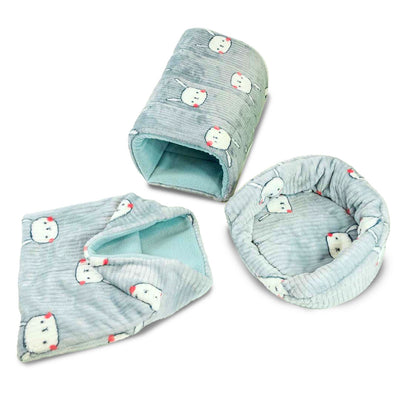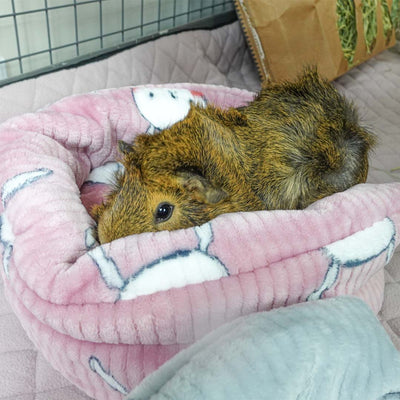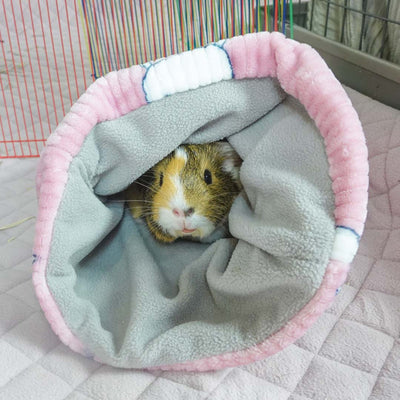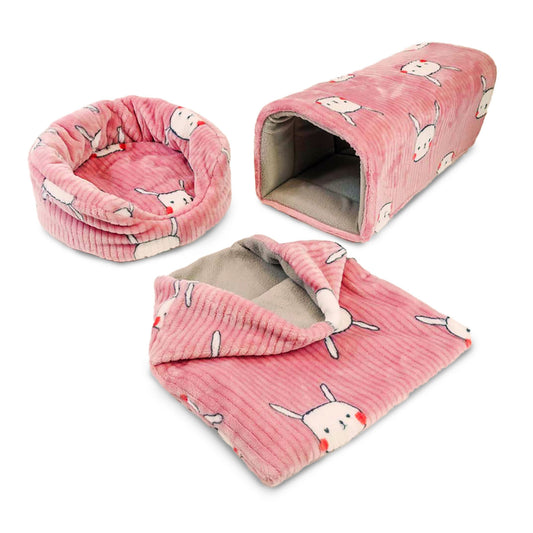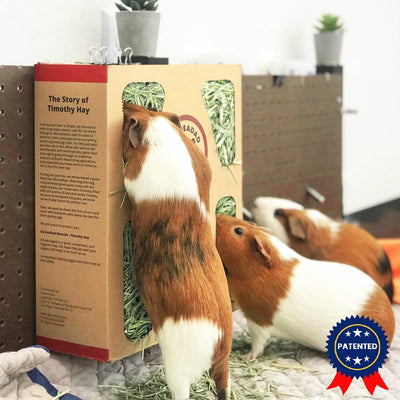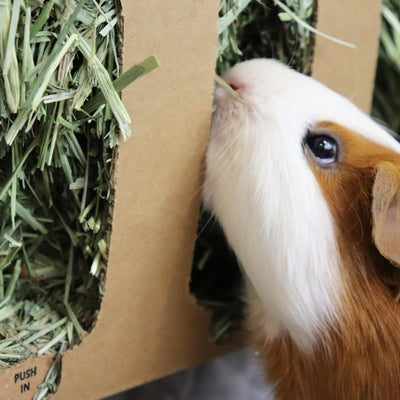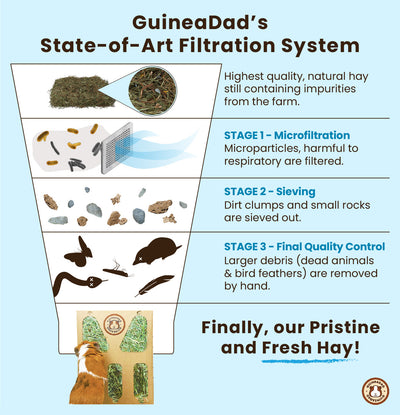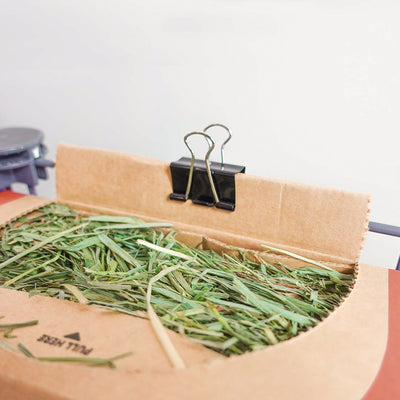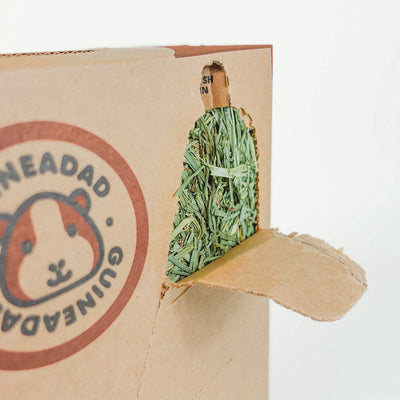Those who are uninformed will comment on how beautiful satin guinea pigs’ hair looks, how silky and, well, satin it looks. Unfortunately, with their beautiful hair comes the ugly reality: they’re most likely suffering from a multitude of health issues that are dramatically affecting their quality of life.
Due to the health complications that come with satin guinea pig syndrome, these guinea pigs often experience an overall shorter lifespan, lower weight due to the deterioration of their bone mass, dental issues, and other afflictions.
What is satin syndrome?
Put simply, this is the name for a whole collection of health issues that guinea pigs can suffer from when they are carrying the satin gene. Not all satin-carriers will suffer from visible markers and can go through their whole lives without them, while others will start showing signs within a year of their birth.
The most common effect of satin syndrome is the development of osteodystrophy (OD), but it will not always be the cause of death in guinea pigs that have OD, and some aren’t affected by it at all.
You may be wondering what osteodystrophy is and what it entails. This disease is one that is metabolic wherein it affects the body’s ability to absorb calcium into the bones.
OD causes the body to be unable to absorb enough calcium, which leads to the decalcification of the guinea pig’s bones. This causes a guinea pig’s bones to become thinner and more brittle.
What are the symptoms of satin syndrome?
As mentioned before, just because a guinea pig carries the satin gene, it doesn’t necessarily mean that they will have all these symptoms or even experience them to the same degree as others who may also carry it. Each guinea pig is different, and you’ll need to pay close attention to identify the signs!
It’s also important to note that many of these symptoms are present in other diseases and illnesses that guinea pigs can suffer from, so it’s important that if you notice any changes in your guinea pigs’ health that you contact your veterinarian right away.
This way they can work to diagnose your guinea pig and offer treatment as soon as possible, regardless of what your guinea pig is suffering from. These satin syndrome symptoms can range from mild to more severe.
Abnormal walking, raising a leg when walking or laying down
Unfortunately, satin syndrome affects some guinea pigs and their ability to walk comfortably. Abnormal walking can be defined by anything from hopping to get around, limping, or dragging of their limb or limbs. This symptom is one of the more easily observed ones, and it’s important that you keep an eye out for something like this.
Difficulty eating and weight loss
A guinea pig with satin syndrome may have trouble chewing on hard foods due to the decalcification of their teeth. This can make it pretty uncomfortable or even painful for your guinea pig to eat. This inevitably will lead to weight loss in your guinea pig, which is why some guinea pigs with satin syndrome are described to have anorexia—it’s due to their inability to properly eat.
Higher water intake and increased urination
Guinea pigs with satin syndrome will often drink more water or have a higher fluid intake in general, which of course, leads to them peeing more often. Too much water can also lead to diarrhea, so it’s important to keep a close eye on their waste output as well.
Sunken eyes and lethargy
As you may know, guinea pigs are usually very active and alert, especially because they’re always keeping a close eye on their surroundings.
Bone deformities, jaw and dental problems
Satin syndrome especially affects guinea pigs and their bones in general. Decalcification occurs because of their inability to properly absorb calcium. This will lead to issues not only in their bones, but in their teeth as well, which makes it difficult for them to eat. Inevitably, this also leads to weight loss and malnutrition.
How do vets diagnose satin syndrome?
It’s important that if you suspect that your guinea pig may be suffering from satin syndrome that you go see an exotic vet that has experience working with guinea pigs. Satin syndrome still isn’t that well-understood, so it’s important to see someone who knows what they’re dealing with! If you need help finding an exotic vet near you, reference this blog post.
There are a few things that a veterinarian will do to determine whether or not your guinea pig is suffering from satin syndrome. They’ll perform blood tests, a urine analysis, kidney ultrasound, a dental exam, x-rays, and some DNA sampling.
The results from these tests will help your vet figure out if your guinea pig is a satin gene carrier even if they’re not showing any visible signs. However, this process can be costly and isn’t often performed because of that.
Because OD is common in satin gene carriers, x-rays are the more trustworthy method that is utilized, because this will aid the vet in examining your guinea pig’s bone density and their bone structure. However, even if your vet doesn’t find any signs of OD yet, this doesn’t necessarily mean that the guinea pig won’t suffer from it in the future.
What kinds of treatment are available for guinea pigs with satin syndrome?
Unfortunately, there is no cure for guinea pigs with satin syndrome, but there are ways that you can mitigate your piggies’ symptoms and help them live more comfortably..
The absolute best way that you can be gentle on your guinea pig and offer them the most comfort is by utilizing fleece bedding, which is the best bedding for guinea pigs. The GuineaDad Liner and GuineaDad Premium Liner are your best options for this purpose and are your greatest tools for pain management in guinea pigs.
The GuineaDad Liners are ultra-soft and gentle, meaning that your guinea pig can walk comfortably and have their feet cushioned every step of the way. Or, if they’re in a state where they can’t move around too much, the liner will still be the softest thing for them to relax and rest on.
Another thing you can do is provide your guinea pig with ample sunlight exposure. As you can recall, guinea pigs suffering from satin syndrome also experience bone decalcification due to OD. We can help our piggies absorb more calcium through sunlight exposure, since vitamin D can be synthesized by the guinea pigs’ body. Vitamin D helps the body absorb calcium!
While sunlight exposure can be good and helpful to your piggies, make sure that if you’re taking them outside for it, the weather should be good and the temperature should be one that guinea pigs can tolerate without being too cold or hot.
One of the symptoms of satin syndrome is the discomfort and pain that guinea pigs experience while eating. If this is the case with your guinea pig, it’s important to make sure that they’re still getting the nutrition that they need. This may mean that you’ll need to syringe feed your guinea pig to do this.

Look for signs and catch it early!
As guinea pig parents, it’s important that you’re staying vigilant and keeping an eye on your guinea pigs and their physical well-being in order to catch the signs of something going on internally.
The faster that you’re able to catch it and seek out a professional medical opinion, the sooner that you’ll be able to help your guinea pig and make sure that they get the help and care that they need in order to live safe, happy and healthy lives.














































